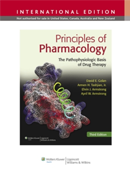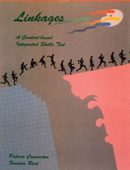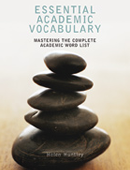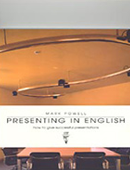David E. Golan … [et al.]

|
Call no. RM301 P957 2012
This primary textbook for a first course in pharmacology offers an integrated, systems-based, and mechanism-based approach to understanding drug therapy. Each chapter focuses on a target organ system, begins with a clinical case, and incorporates cell biology, biochemistry, physiology, and pathophysiology to explain how and why different drug classes are effective for diseases in that organ system. Over 400 two-color illustrations show molecular, cellular, biochemical, and pathophysiologic processes underlying diseases and depict targets of drug therapy. Each Second Edition chapter includes a drug summary table presenting mechanism, clinical applications, adverse effects, contraindications, and therapeutic considerations. New chapters explain how drugs produce adverse effects and describe the life cycle of drug development. The fully searchable online text and an image bank are available on thePoint.(Publisher’s note) (Recommended by Dr. Apinya Thiantanawat) |
Connerton, Patrice, Reid, Frances

|
Call no. PE1128 C752L 1993
Description & Features Content-based readings (business, U.S. history, sociology, and literature).
Thematic organization.
In-depth treatment of each topic.
Comprehensive recycling of vocabulary, syntax, and discourse style.
Careful adaptation of authentic readings.
Cognitive skills: analysis, classification, evaluation, and reaction. (Publisher’s note)
(Recommended by Mr.Maurice M. Broughton) |
Huntiley, Helen

|
Call no. PE1128 H948E 2006
Description & Features Comprehension exercises ask students to use inferences, complete charts, and answer questions designed to assess their understanding of the text and the vocabulary.
A focus on dictionary skills, word forms, collocations, and word parts helps students understand and use the dictionary, identify meaning in what they read, and convey meaning in what they write.
Communicative activities feature Task-Based and Paragraph Writing Activities as well as Group Speaking Activities and Role Plays that ask students to conduct a variety of written and oral tasks.
Online Teaching Center and Study Centers offer an answer key, ideas for games to incorporate into each chapter, tests, and teaching suggestions for instructors.(Publisher’s note)
(Recommended by Mr.Maurice M. Broughton) |
Powell, Mark

|
Call no. PE1112 P885P 2002
Description & Features Organised in seven sections: Getting Started, Using Your Voice, Further Techniques, Handling Questions, Exploiting Visuals, Basic Techniques, and Key Language.
Introduces a comprehensive range of public speaking skills.
Discusses techniques for handling an audience.
Pays unique attention to the structure and detail of rhetorical language. (Publisher’s note)
(Recommended by Mr.Maurice M. Broughton) |
